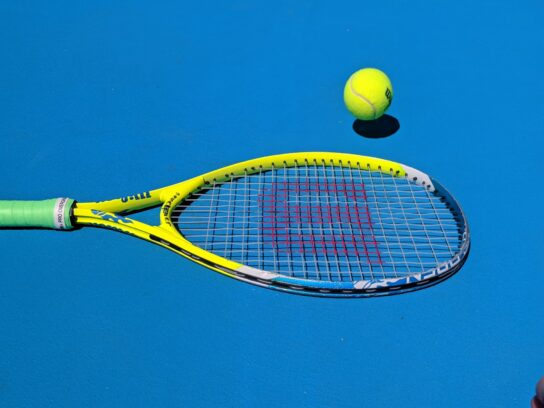
For two incredible weeks, the world’s best tennis players compete for the U.S. Open Tennis Championships. Outstanding coverage can be found on ESPN and the Tennis Channel with former players and expert analysts offering tips and observations of the players and their strategies. While watching the first week of action, I realized these extremely talented athletes are also exhibiting many of the same skills investors should embrace when making important decisions. Here are four common traits top tennis players and smart investors have in common:
- Patience. Winning a lengthy baseline exchange often goes to the tennis player who is more patient and who doesn’t rush to win the point. The same can be said with investing. Building an investment portfolio takes time. There is usually more than one opportunity to purchase a security at current, or even lower, prices. Gradually buying into a new position over a period of time can allow you to purchase more of a promising investment at a lower price—or give you a chance to stop buying if the story is not developing the way you forecasted.
- Confidence. An athlete who trains hard and who is physically and emotionally ready for the task is more likely to stay on course and execute their game plan with confidence. By contrast, too often investors see an investment decline, and they quickly react instead of tolerating the ups and downs that are part of the game. When doubt creeps in to the investor’s mind, an emotional decision often follows. This is rarely a good thing. Investment strategies should be well thought out and customized to each individual; when they are, the investor is more likely to remain calm, even in the face of price fluctuations.
- They Know Their Own Game. Not every tennis player is a power hitter and not every player is strong at the net. For those competing for the U.S. Open title, their game plan revolves around leveraging their strengths, having a high comfort level with their best shots, and keeping a strong mental approach to the game. Likewise for investors, you need to stay with your strategy. For example, if you are not an aggressive risk taker, and you are not comfortable with high-risk, unproven, investments—such as cryptocurrencies, private investments, and IPOs (Initial Public Offerings of common stock)—then be sure to avoid these investments. Just because you read one article or a friend tells you about the ‘next best thing,’ it doesn’t mean you have to stretch and invest in something that would otherwise not be in your wheelhouse.
- They Manage Their Emotions. It’s fascinating to see the ebb and flow of emotions during a two-hour match or a five-set thriller. Watching the great ones like Federer, Serena, or Nadal remain steady during big points is impressive and instructive. Certainly, skill has a lot to do with their success, but their emotional approach has also been a big part of their achievements. The same—and the reverse—can be true for investors. For example, in late 2008 and early 2009, after much of the stock-market declines were realized, many investors couldn’t withstand the pain anymore, and they sold their stock positions. When the market rebounded in March of 2009, it moved upward sharply and significantly. In this case, those who reacted emotionally likely suffered a permanent impairment to their capital. This underscores why I consider emotion to be the number-one enemy of the individual investor.
There is almost a week left of terrific tennis. If you have the opportunity, take a few minutes to watch the strategies these masters of the game use; then consider applying similar skills when you practice your craft of building a sound and smart retirement income portfolio



Comments are closed.